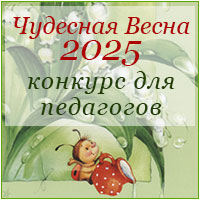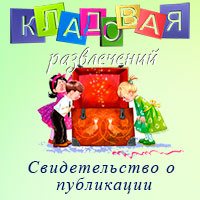Внеурочное мероприятие по английскому языку в 4 классе. Всемирный День Моря
План-конспект внеурочного мероприятия по английскому языку, посвященного Всемирному Дню Моря
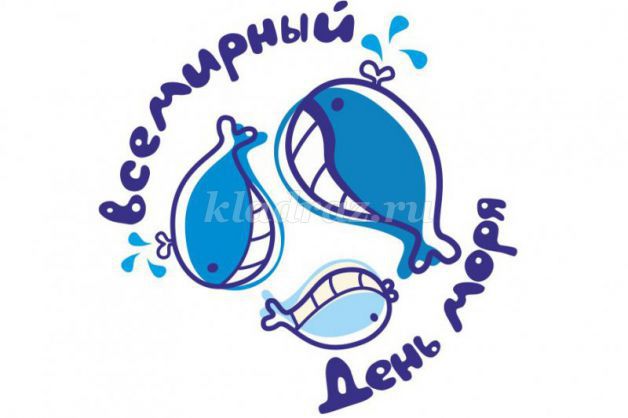
Предмет: Английский язык
Название темы: “World Sea Day”
Цель: Посредством игры - знакомство с наименованиями разных морей, названиями морских животных, особенностями жизни подводного мира; создание условий для формирования умений высказывать свои мысли на уровне фразы, предложения, монолога, строить продуктивное взаимодействие и сотрудничество со сверстниками; развитие речевой деятельности и образного мышления обучающихся; воспитание бережного отношения к природе.
Личностные УУД: познание, анализ, самоопределение, нравственно-этическая ориентация.
Регулятивные УУД: целеполагание, планирование, оценка, саморегуляция.
Познавательные УУД: самостоятельное выделение и формирование познавательной цели, поиск и выделение необходимой информации, осознанное построение речевого высказывания, работа по алгоритму при решении проблем поискового характера.
Коммуникативные УУД: участие в коллективном обсуждении проблем, инициативное сотрудничество в поиске и сборе информации, умение выражать свои мысли на иностранном языке.
Ход мероприятия.
( Аудиозапись шума моря, класс украшен тематическими постерами).
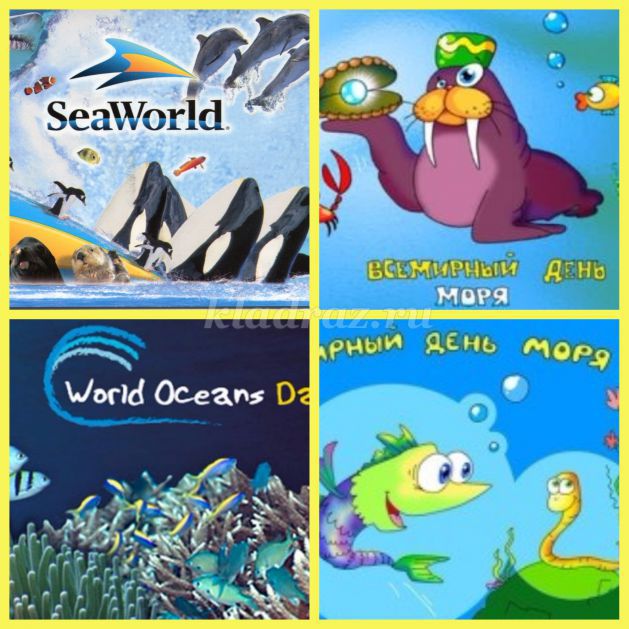
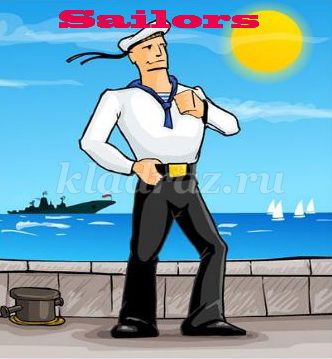
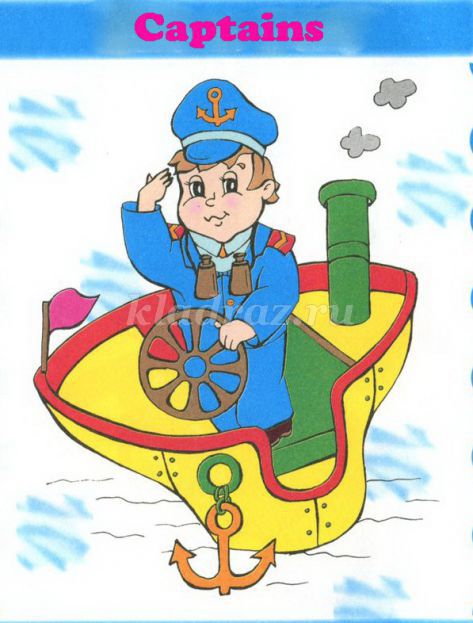
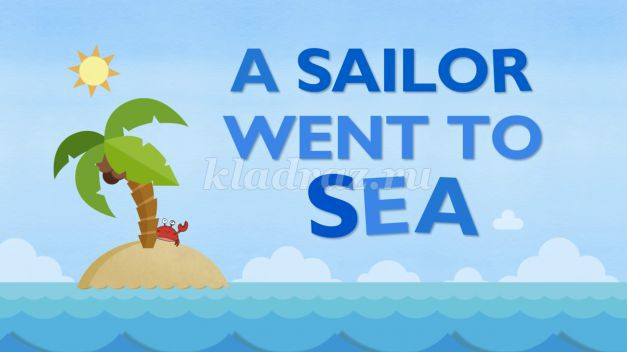
https://www.youtube.com/watch?v=eYtBOvjr-jM
A sailor went to sea sea sea
To see what he could see see see
But all that he could see see see
Was the bottom of the deep blue sea sea sea.
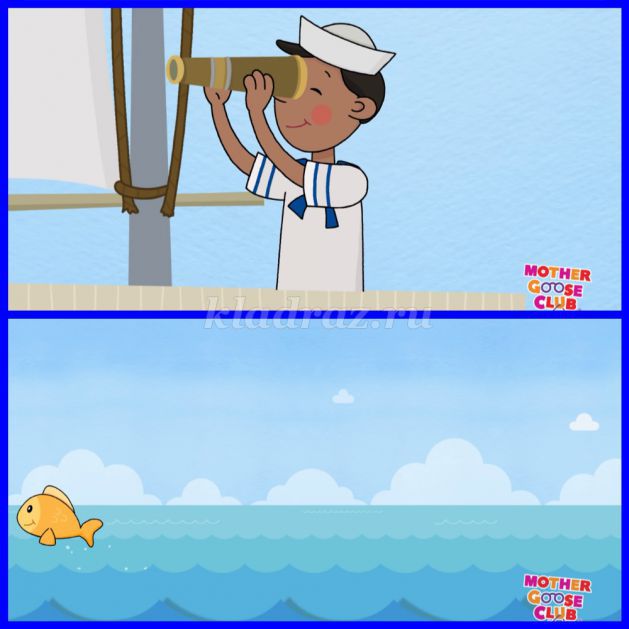
Is that it?
That's all that's here?
Arr
Another sailor went to sea sea sea
To see what he could see see see
But all that he could see see see
Was the bottom of the deep blue sea sea sea

No, just the bottom.
Just the bottom
Another sailor went to sea sea sea
To see what she could see see see
But all that she could see see see
Was the bottom of the deep blue sea sea sea
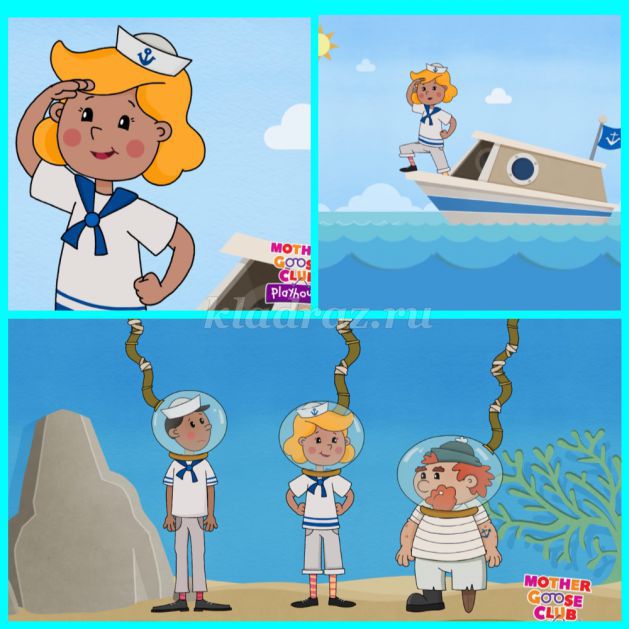
Maybe we shoud look around that?
Rock or something
Is that coral over there?
The sailors went to sea sea sea
To see what they could see see see
But all that they could see see see
Was the bottom of the deep blue sea sea sea
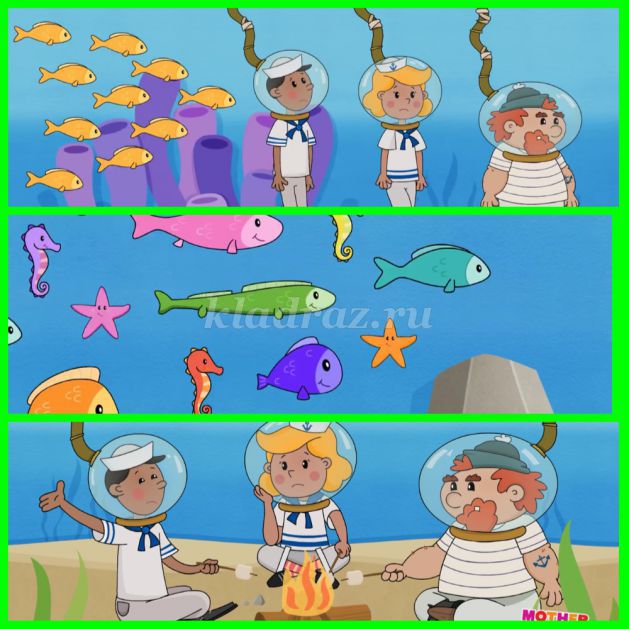
Oh, it's cool.
Teacher: Good for you! And now the first game! You know that both sailors and captains salute each other when they meet. Let’s try to sing the song saluting each time you hear the sound “S”. (дети соревнуются)
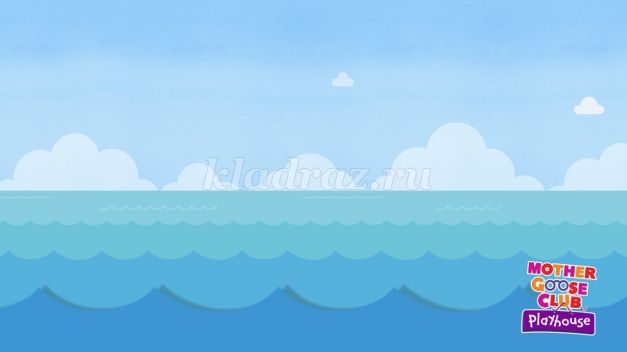
Was the bottom of the deep blue sea sea sea..”
Look at the world map! There is so much water in the world! There are many oceans, seas, lakes, rivers and ponds in the world.
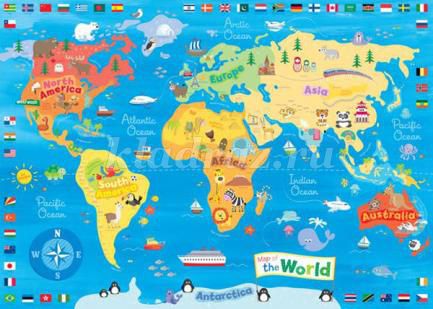
The Indian, the Atlantic, the Pacific, the Southern (Arctic) ocean.
And how many seas are there in the world? (Guessing Game based on numerals)
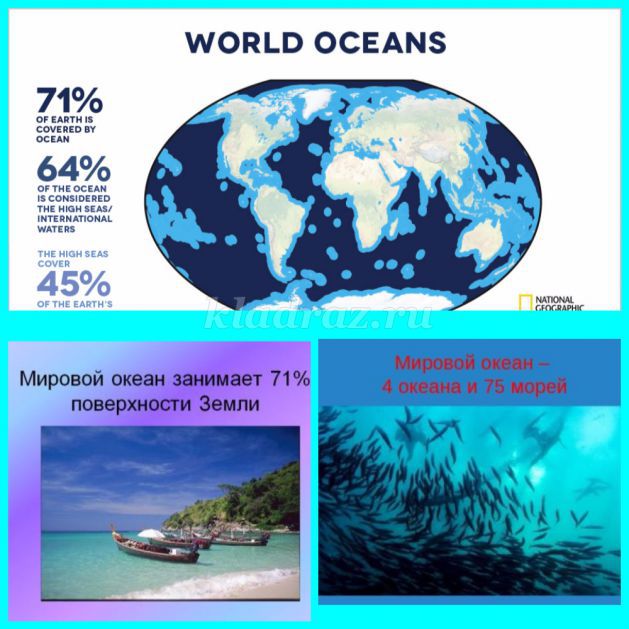
Australia, Japan, China, Russia, India, Ukraine, the USA, Great Britain, Canada, Brazil, Mexico and many others.
Teacher: So, now you know that there are 75 seas in our planet. Some of them have very interesting names. They are called by colours. What “coloured” seas do you know?
The Black sea, the Red sea, the White sea, the Yellow sea.
Teacher: Do you know why they are called in such a way?
The Black sea looks black because of lots of weeds.
The Yellow sea is yellow because of sand.
The Red sea looks red because of corals.
The White sea is white because of ice and snow.
Teacher: The Red sea is one of the most beautiful seas in the world. There are very many coral reefs there. They are like forests on the ground.
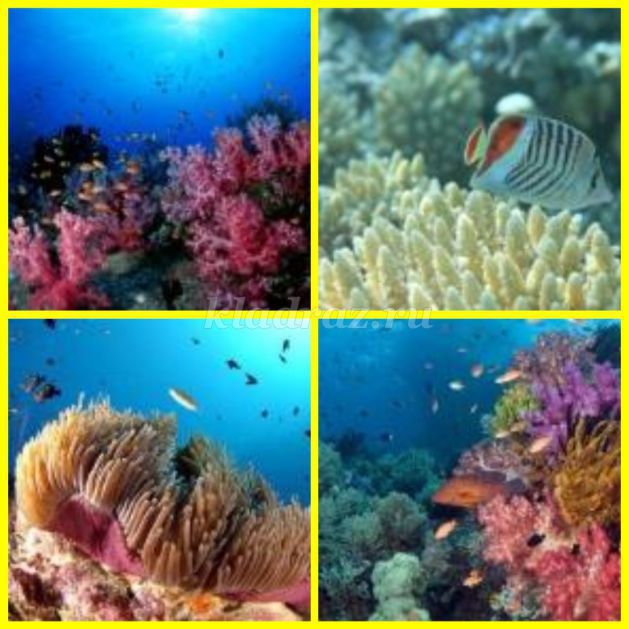
Corals are tiny animals that live in the sea.
Teacher: What do they look like?
They look like trees, some look like flowers.
Teacher: But not only corals live under water. You’ve got only one minute now. Try to write down as many words, connected with the sea, as you can.
Crab, shell, fish, starfish, anemone, coral reef, weeds, island, beach, sand, dolphin, whale, shark, ship, boat, water, seagull, jelly-fish, starfish, seahorse.
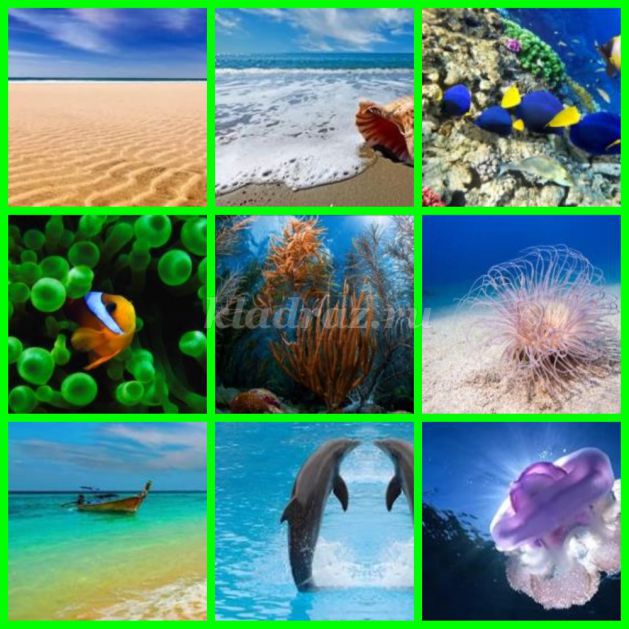
The water is very cold.
Teacher: What do you think is the lowest temperature of the sea?
The lowest temperature is -1.4 C degrees, near Norway and Greenland.
Teacher: And what is the highest temperature of the world ocean?
The temperature of the Pacific Ocean is + 19.7 C.
The temperature of the Indian Ocean is + 17.3 C.
The temperature of the Atlantic Ocean is +16.5 C.
Teacher: So, which ocean is the warmest? The middle temperature of the world ocean is +17.5 C.
The warmest is the Pacific Ocean.
Teacher: We know that the deeper the water, the colder it is. The ocean can be very deep. Do you know how deep can be the ocean?
The deepest point of the ocean is 11 000 metres.
Teacher: What colour is cold/ warm water?
Cold water is dark-green.
Warm water is dark blue.
Teacher: Now we know that water in the ocean is cold. And what is the taste of the water? Sea water tastes not the same as in our kitchen. We can’t drink it, we can’t make tea or coffee of it. Don’t you know why?
Sea water is salty and bitter.
Teacher: You know, if we took the whole salt of the ocean and dry it and put it onto the ground, the layer would be 150 metres high. So, the sea looks like soup with many delicious kinds of food in it. What are they?
Crabs, fish, oysters, octopuses, prawns, seaweeds, jelly fish, scallops, squids, etc.

What colours are the fish in the picture? Name them all and you’ll get a point up.
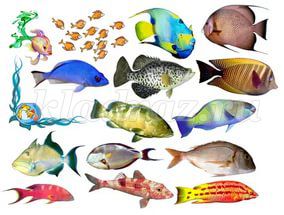
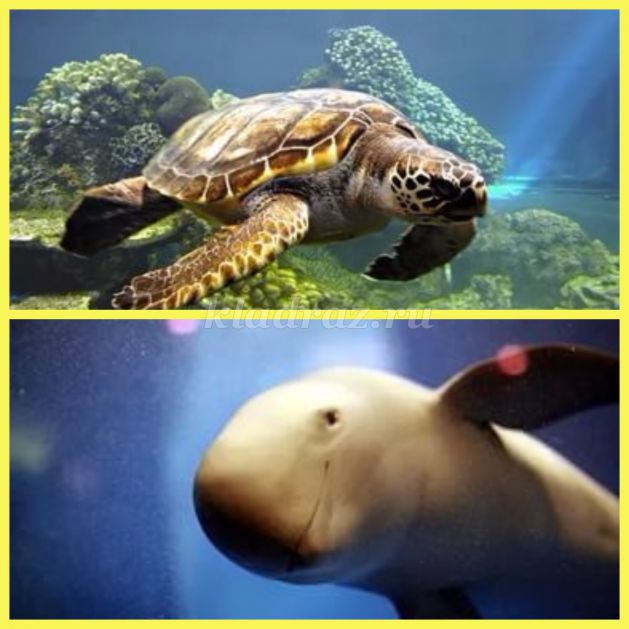
Tortoise – porpoise.
Teacher: Now I want you to make up a riddle. Take any piece of paper with a word written on it and make a riddle for us to guess what it is.
Sand, shell, stone, island.

You can’t find dry stones in the sea.
Teacher: In the ocean there are many pieces of land that are called islands. Now I need two pupils from each team to write a postcard from the Sunny Island and from the Palm Island.
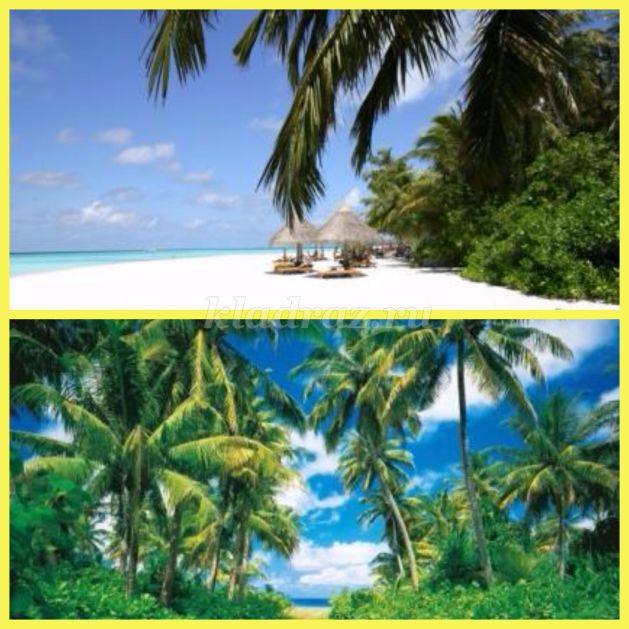
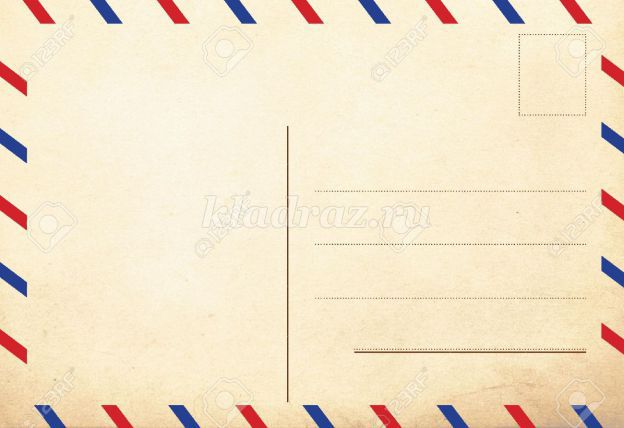
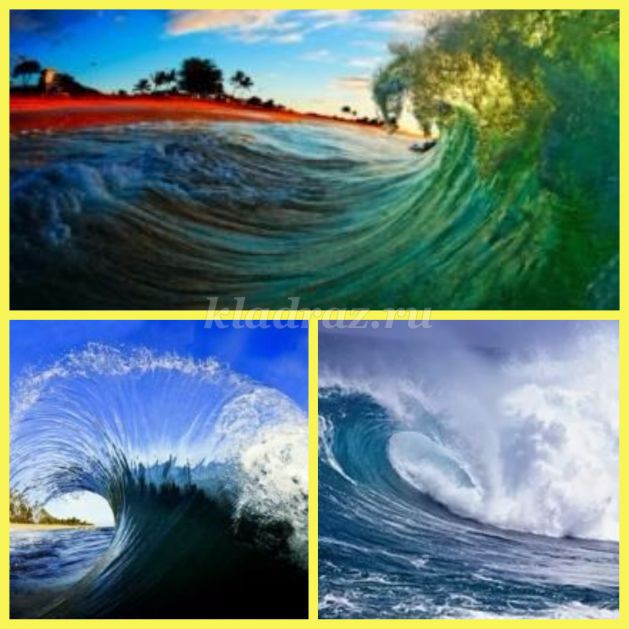
Teacher: Some people live on the islands and they are very happy. They don’t have computers and can’t send messages or e-mail each other; they don’t have mobile phones and can’t phone each other every day; they don’t have post offices or pigeon post. How do they keep in touch with each other?
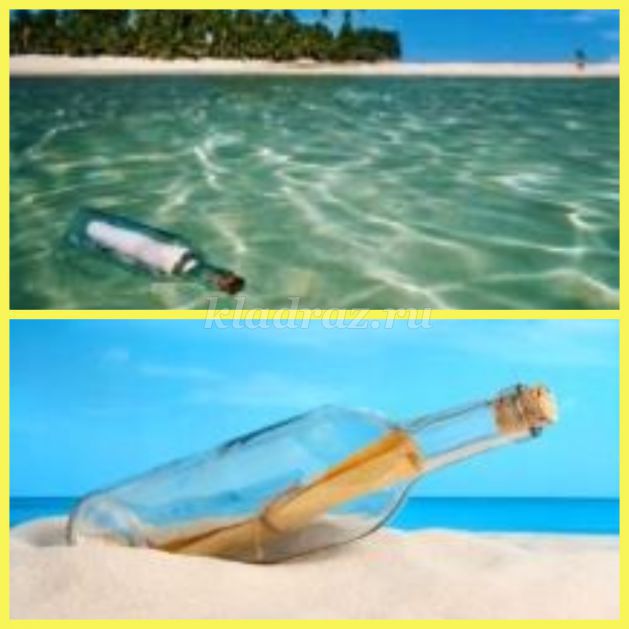
Teacher: You’ve heard the story of Robinson Crusoe.
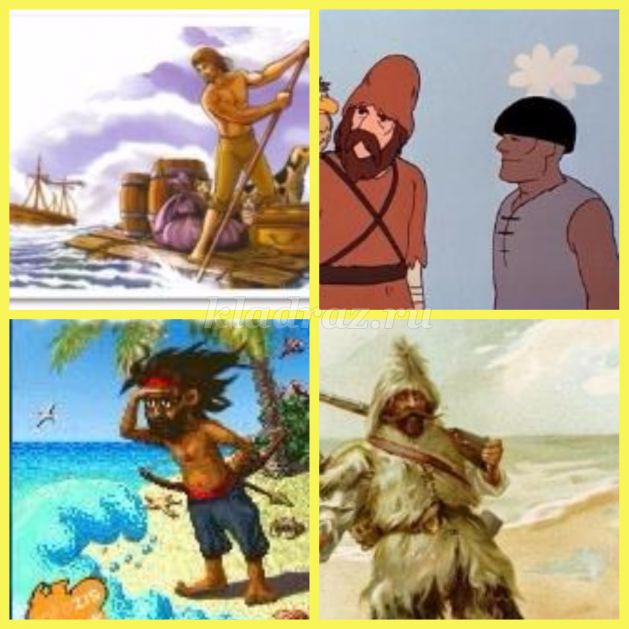
Dear f…..s!
Here I am on that terrible i….. . The life here is very dif….. . Every day I eat only ……. . I eat …. for breakfast, for ….. and for ….. . I am afraid of wild ……. , there are very many of them.
Please, h… .. !!!!!
Teacher: Are you ready with you pictures? Show them to us, please!
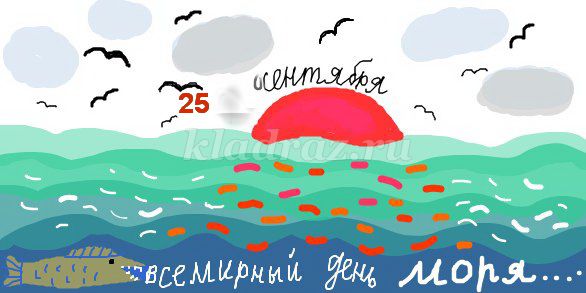
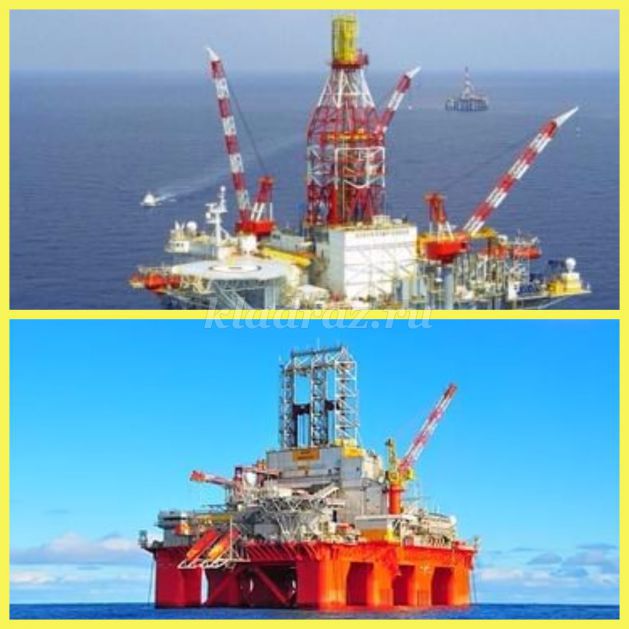
Teacher: Do you know that 80 per cent of the oil in the world is under water. But it’s not good for the sea animals. Why?
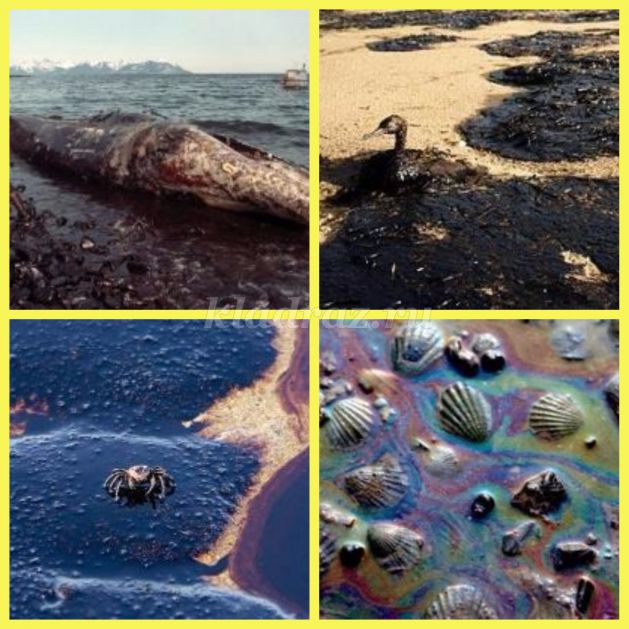
Teacher: How can we help the sea animals? What can we do?
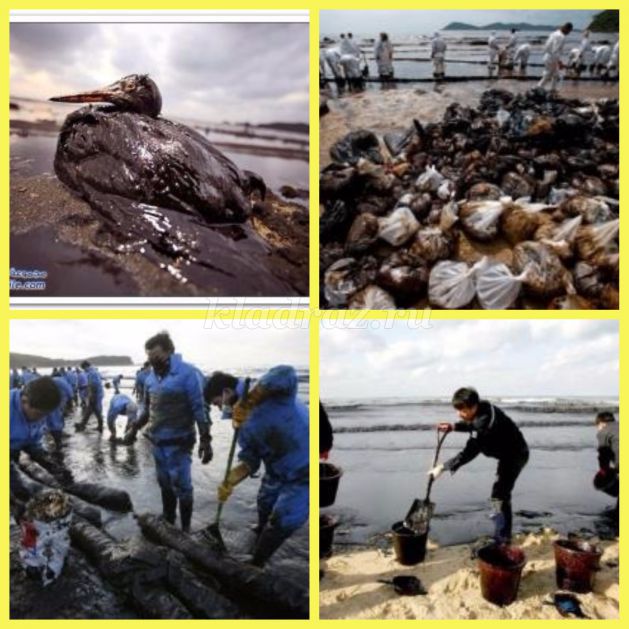
Teacher: So, do you agree that people can’t live without sea? Take that mini-poster and write down why we need sea?
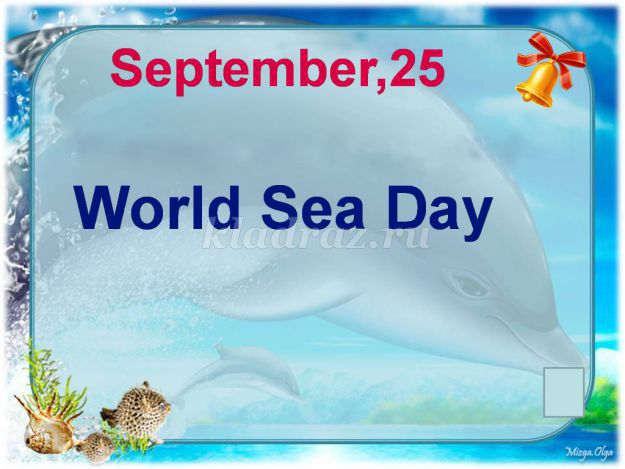
Рекомендуем посмотреть:
 Внеклассное мероприятие по английскому языку в 4 классе
Внеклассное мероприятие по английскому языку в 4 классе
 Внеклассное мероприятие по английскому языку для учащихся 1-4 класса «В гостях у сказки»
Внеклассное мероприятие по английскому языку для учащихся 1-4 класса «В гостях у сказки»
 Сценарий «Винни Пух» на английском языке для детей 3-4 класса
Сценарий «Винни Пух» на английском языке для детей 3-4 класса
|
|
+2↑ Голосов: 2 |
Нет комментариев. Ваш будет первым!

